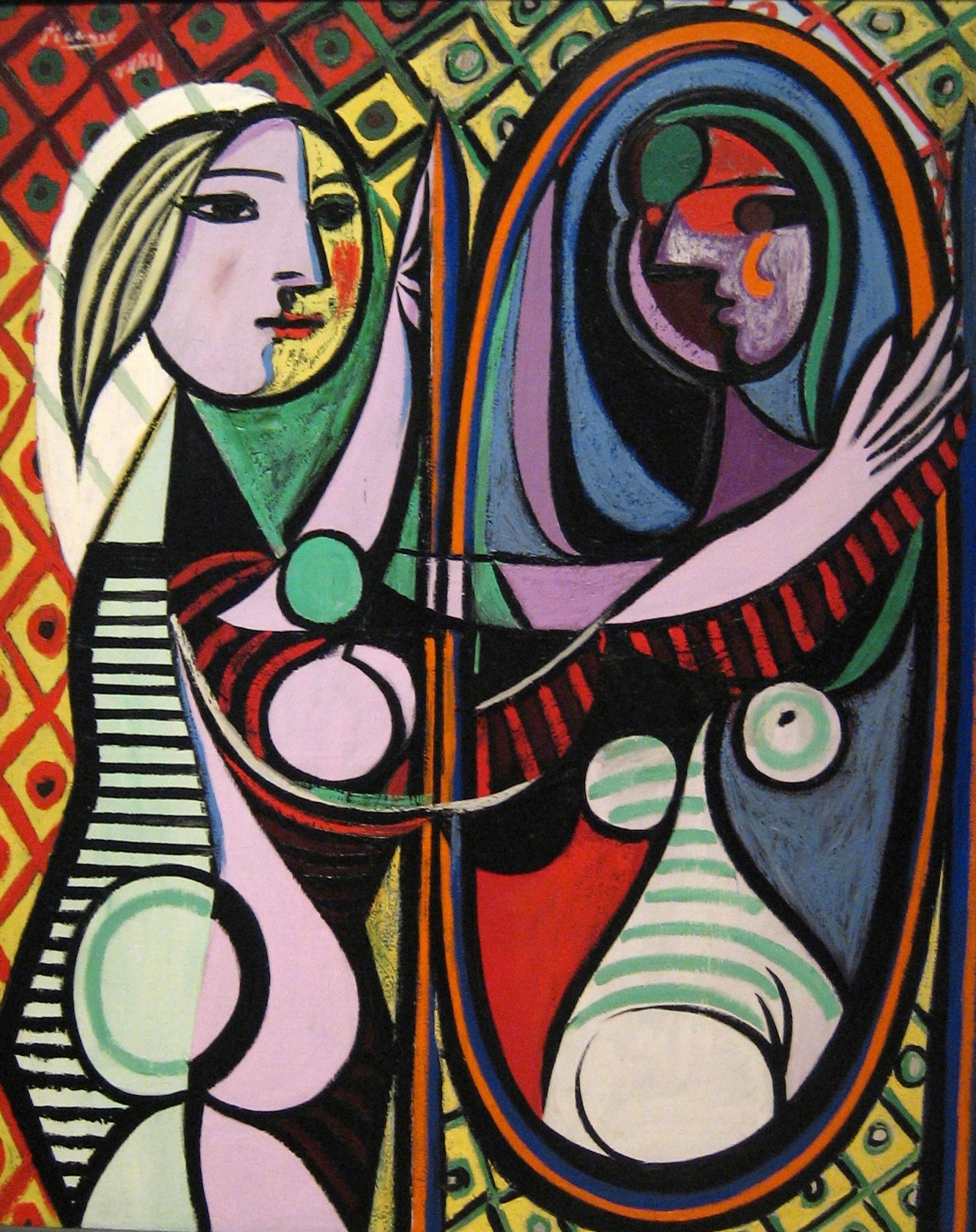Periferie esistenziali. L’innovazione artistica del flusso di coscienza
Abstract
Attraverso una collezione dell'Università di Torino, composta da opere realizzate da pazienti psichiatrici tra Ottocento e Novecento, si ripercorre la storia delle produzioni artistiche “manicomiali” che, da oggetto di interesse scientifico, divennero fonte di ispirazione per movimenti artistici e letterari del Novecento come il Surrealismo e il Modernismo, attratti dalla creatività dei “folli”. Hans Prinzhorn, con il volume Bildnerei der Geisteskranken edito nel 1922, influenzò personalità come André Breton e Jean Dubuffet: quest'ultimo coniò nel 1945 il termine Art Brut per descrivere l'arte spontanea dei marginali, riconosciuta oggi a livello internazionale. Questo patrimonio, spesso considerato “periferico”, nel tempo ha guadagnato riconoscimento grazie a curatori come Roger Cardinal e Bianca Tosatti; attualmente l'interesse per queste espressioni artistiche si riflette in manifestazioni mainstream come la Biennale di Venezia, che ha messo in luce artisti outsider, mostrando la rilevanza di queste opere nel contesto socio-politico e culturale contemporaneo.
Riferimenti bibliografici
Baldacci C. (2017), Archivi impossibili. Un’ossessione dell’arte contemporanea, Milano: Johan & Levi Editore.
Bassan F. (2009), Al di là della psichiatria e dell'estetica. Studio su Hans Prinzhorn, Roma: Lithos Editrice.
Benjamin W. (2014), L’opera d’arte nell’epoca della sua riproducibilità tecnica, Torino: Einaudi.
Beuvin, F. (2022), Aux zones frontières de l’art brut : entre appropriation et dépendance au territoire de l’autre de l’art, Déméter, 8. Disponibile su : www.peren-revues.fr/demeter/813
Borghi R. (2020), Decolonialità e privilegio. Pratiche femministe e critica al sistema-mondo, Milano: Meltemi.
Brandi, C. (1973), A cena con Mirò, Corriere della Sera, 9 gennaio 1973.
Breton A. (1924), Manifeste du surréalisme, Paris : Éditions du Sagittaire.
Breton A., Soupault P. (1979), I campi magnetici, Roma: Newton Compton Editori.
Cardinal R. (1972), Outsider Art, London: Studio Vista.
Capt, V. (2104), Travailler sud des objets en faisant se confronter les points de vue. Regards croisés sur le langage fou : l’exemple des écrits bruts, Les Cahiers de l’École du Louvre, 4, 67-75.
Castellana, R. (2010), Realismo modernista. Un’idea del romanzo italiano (1915-1925), Italianistica, 39 (1), 23-44.
Cilli, M. (2021), Liberiamo il Nuovo Mondo, in Sono altro, sono altrove, Taramino T., Capannolo M., Mastroianni R. [eds.], Torino: Prinp Editoria d’arte, 52-69.
Delavaux C. (2018), L’Art brut, un fantasme de peintre, Paris : Palette.
Di Carlo C. (2011), L’arte dei folli. L’attività plastica dei malati mentali, Milano - Udine: Mimesis.
Dubuffet, J. (2022), L’Art Brut preferita alle arti culturali, in Joë Bousquet. Il gioco della vita. Lettere a Jean Dubuffet (1945-1949), Marchetti A. [ed.], Milano – Udine: Mimesis, 180-190.
Forno M. (1965), Museo di Etnografia di Torino, Torino: Grafica Moderna.
Fumagalli, S. (1958), Una curiosità museologica, Rivista di Scienze Naturali, 49, 2-14.
Gioni, M. (2024), Adriano Pedrosa. Forme biografiche, in Caffè Paradiso. La Biennale di Venezia raccontata dalle sue direttrici e dai suoi direttori, Gioni M. [ed.], Milano: Johan & Levi Editore, p. 176-195.
Goffman E. (2003), Stigma. L’identità negata. Verona: Ombre corte.
Gramsci A. (1917), Sul Piacere dell’onestà, Avanti!, 29 novembre 1917.
Grechi G. (2021), Decolonizzare il museo. Mostrazioni, pratiche artistiche, sguardi incarnati, Milano-Udine: Mimesis.
Lombardi S., Zanzi A., Brun B. (2024), Dubuffet e l'art brut. L'arte degli outsider. Catalogo della mostra, Milano: 24ore Cultura.
Lombroso, C., du Camp, M. (1880), L’arte nei pazzi, Archivio di psichiatria, antropologia criminale e scienze penali per servire allo studio dell’Uomo alienato e delinquente, 1, 424-437.
Malerba, S. (2024), Biennale 2024: l’outsider art non è mai stata così “in”, Artuu, 27 marzo 2024. Disponibile su:
www.artuu.it/biennale-2024-loutsider-art-non-e-mai-stata-cosi-in/
Autore. (2021), Incidere oltre il pregiudizio: i muri tra arte outsider e insider, Altre Modernità, 25, 137-152.
Autore, Balma-Tivola, C. (2020), Arte irregolare in Italia. Storie, passaggi e connessioni, Medea. Rivista di Studi interculturali, 6 (1), pp. 1-21.
Autore, Zanelli, B. (2021), Sguardi paralleli sull’Arte Irregolare: dalla critica d’arte all’arte dei ‘pazzi’ al MAET, Critica d’Arte, 7-8, 123-136.
Marro G. (1916), Arte primitiva e arte paranoica. Memoria preliminare, Torino: Tip. Cooperativa.
Mina G. (2009), Ossessioni. Un antropologo e un artista nel manicomio di Collegno, Lecce: Besa Editrice.
Morgenthaler W. (2007), Arte e follia in Adolf Wölfli, Milano: ALET Edizioni.
Peiry L. (2004), Le Nouveau Monde, Lausanne : Collection de l’Art Brut.
Prinzhorn H. (1922), Bildnerei der Geistkranken. Ein Beitrag zur Psychologie und Psychopathologie der Gestaltung, Berlin : Spinger.
Taramino T. (2021) [ed.], TRANSIZIONI. Percorsi fra arte contemporanea, arte irregolare, antropologia, psichiatria e servizi sociali, Torino: Prinp Editoria d’arte.
Tosatti B. (2006), Oltre la ragione: le figure, i maestri, le storie, dell’arte irregolare, Milano: Skira,
Tozzi F. (1928), Realtà di ieri e di oggi, Milano: Alpes.
Tozzi F. (2001) [1919], Con gli occhi chiusi, Milano: Mondadori.
Woolf, V. (1919), Modern Fiction, The Times Literary Supplement, 10 aprile 1919.
Gli autori che pubblicano su questa rivista accettano le seguenti condizioni:
Gli autori mantengono i diritti sulla loro opera e cedono alla rivista il diritto di prima pubblicazione dell'opera, contemporaneamente licenziata sotto una Licenza Creative Commons - Attribuzione - Non opere derivate 4.0 Internazionale che permette ad altri di condividere l'opera indicando la paternità intellettuale e la prima pubblicazione su questa rivista.
Gli autori possono aderire ad altri accordi di licenza non esclusiva per la distribuzione della versione dell'opera pubblicata (es. depositarla in un archivio istituzionale o pubblicarla in una monografia), a patto di indicare che la prima pubblicazione è avvenuta su questa rivista.
Gli autori possono diffondere la loro opera online (es. in repository istituzionali o nel loro sito web) prima e durante il processo di submission, poiché può portare a scambi produttivi e aumentare le citazioni dell'opera pubblicata (Vedi The Effect of Open Access).









.png)

